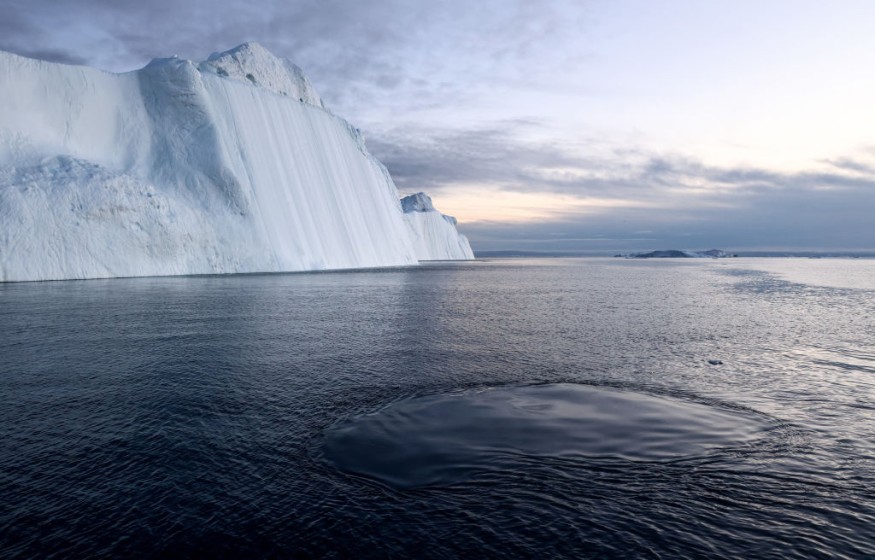Ancient ice found under Antarctica and Greenland showed signs of massive volcanic eruptions from the last ice age. These eruptions were far stronger compared with any volcanic eruptions in modern history, according to a new study conducted by physicists from the University of Copenhagen in Denmark.
The University of Copenhagen researchers revealed ice cores drilled in Antarctica and Greenland indicate that dozens of volcanic eruptions from the last ice age are larger than the modern world's strongest volcanic eruption at Mount Tambora in 1815.
It showed that volcanic eruptions from the onset of modern human history are relatively weak against the ancient volcanic eruptions over the last 60,000 years. The study sheds light that although volcanic eruptions of today are life-threatening, the next ice age-like volcanic eruption has not occurred again.
In line with the new discovery of gigantic pre-historic volcanic eruptions, scientists are keen to understand measurements and predictions on when the next imminent major volcanic eruptions will occur again.
The new study came out just two months after the South Pacific Ocean underwater volcano Hunga Tonga-Hunga Ha'apai in Tonga underwent a major eruptive explosion in January. The eruption has been considered one of the strongest volcanic eruptions in recent years.
Ice Age Volcanic Eruptions

The physicists from Denmark published their new paper in the journal Climate of the Past on Tuesday, March 15. The latest discovery from drilled ice cores in Antarctica and Greenland was able to determine the frequency and intensity of record-breaking pre-historic volcanic eruptions during the last ice age.
Unearthed ancient ice showed that 69 ancient volcanic eruptions were larger than anything recorded in modern history, as per Phys.org. These findings indicate that ice age eruptions were even stronger than the 1815 Mount Tambora eruption in Indonesia, the strongest volcanic eruption in human history.
The magnitude of the Mount Tambora eruption caused drought, famine, and tsunamis-resulting in the collective deaths of at least 80,000 people. Sulfuric acid from the eruption also blocked sunlight and led to a global cooling effect in the succeeding years, as per Phys.org.
Modern vs. Ancient Eruptions
The researchers reportedly highlighted the fact that estimation of pre-historic volcanic eruptions more than 2,500 years ago was inaccurate and lacks precision. Due to the discovery revealed by ancient ice under Antarctica and Greenland, a timeline of eruptions before human history may be reconstructed.
The data provided by the University of Copenhagen researchers showed that today's volcanic eruptions are relatively weaker compared to the volcanic eruptions during the last ice age. However, this observation can serve as a tool for approaching the magnitudes of these eruptions in a bigger picture.
The recent study came out after the Tonga undersea volcanic eruption on January 15, resulting in the occurrence of widespread tsunamis, volcanic lightning strikes, and sonic booms, as per National Geographic. The eruption, which killed multiple people, is the strongest in decades.
© 2025 NatureWorldNews.com All rights reserved. Do not reproduce without permission.





